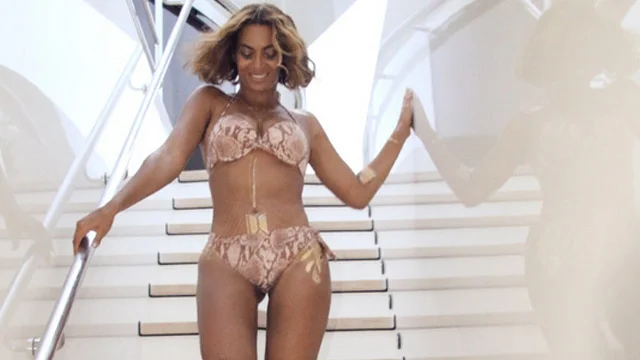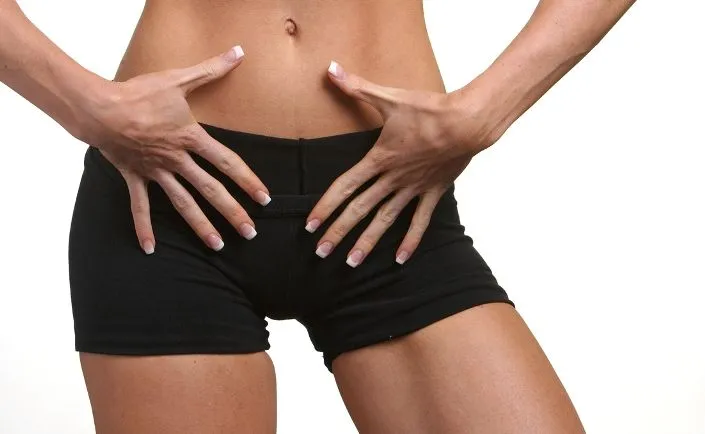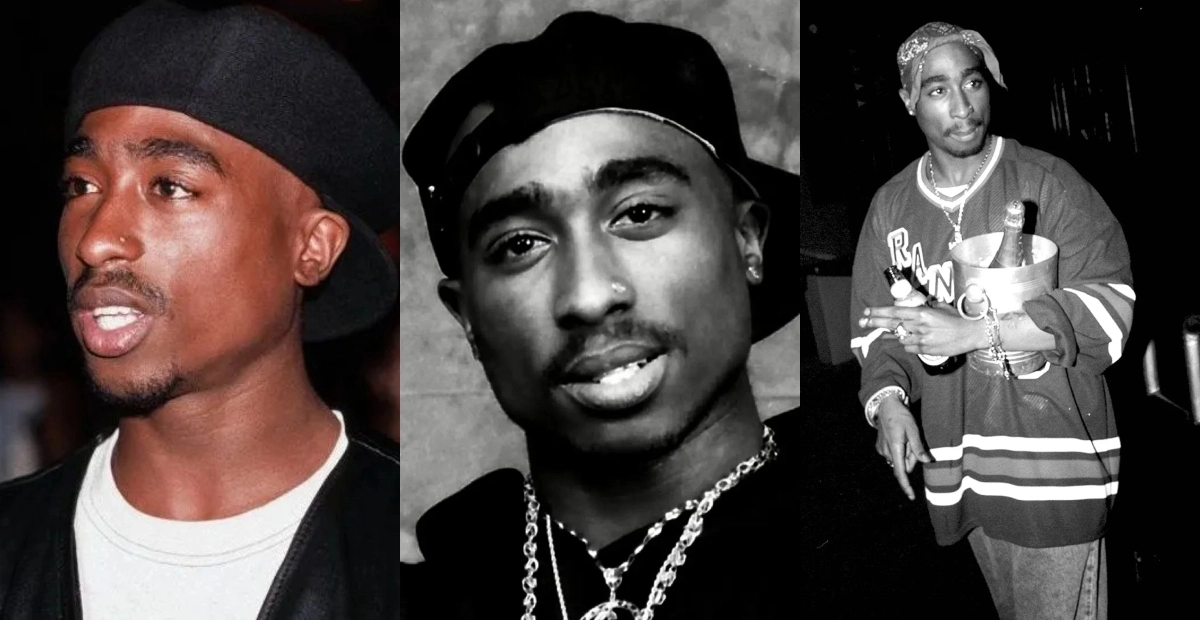The thigh gap, in particular, is still a common trend on social media, earning more than 102,000 posts on Instagram by itself. And despite the fact that the thigh gap is a symbol of idolatry in society, you shouldn’t aspire to get one.
What is a thigh gap?
The area between the thighs when standing straight up with your feet together is known as the “thigh gap.” In essence, it simply implies that no one’s inner thighs touch or grind against one another.

“In contrast to popular belief, [the thigh gap] is more of an aesthetic requirement for women. However, for many, it represents an unachievable ideal of beauty “asserts Janet A. Lydecker, Ph.D., a psychologist at Yale School of Medicine who focuses on research on eating, weight, and obesity.
In 2010, the term started to appear online, but it wasn’t until 2013 that it became widely used. Images of women with thigh gaps—typically models—were circulated on social media and blogs at this time. The “thinspiration” images were created with the intention of inspiring people to lose weight.

Can you get a thigh gap?
A person’s genetic predisposition and bone structure have a major role in whether they can develop a thigh gap. This implies that someone who is curvier may have a thigh gap, as well as that even naturally thin people won’t definitely have one.
According to Yale Medicine’s orthopedic surgeon and assistant professor of orthopedics Elizabeth C. Gardner, MD, FAAOS, “Your bone structure, specifically, the size of your hips and where they are in relation to your pelvis, will have the biggest impact on the size of your thigh gap. Genetics, specifically where your body stores fat, also has an impact on it. Because of this, there isn’t much you can do to get a thigh gap and you shouldn’t attempt either. “
The dangers of beauty standards
Your physical and emotional health is in danger if you make significant lifestyle changes, including excessive dieting or over exercising, to fulfill a certain aesthetic ideal.
“Unfortunately, there is a strong association between … striving for a thigh gap and disordered eating,” says Gardner.
Subscribe to our YouTube channel to catch your favorite Switch TV shows.
In fact, a 2019 study of 18 to 25-year-old female college students found that exposure to unrealistic beauty ideals may lead to body dissatisfaction.
Low self-esteem, improper weight management habits, and eating disorder symptoms are all linked to body dissatisfaction.
Additionally, according to Lydecker, “those who indulge in body checking, such as examining a thigh gap, can have eating problems as well as anxiety disorders.” People who have these diseases are more likely to experience infertility, hair loss, and a lingering sense of despair.




























